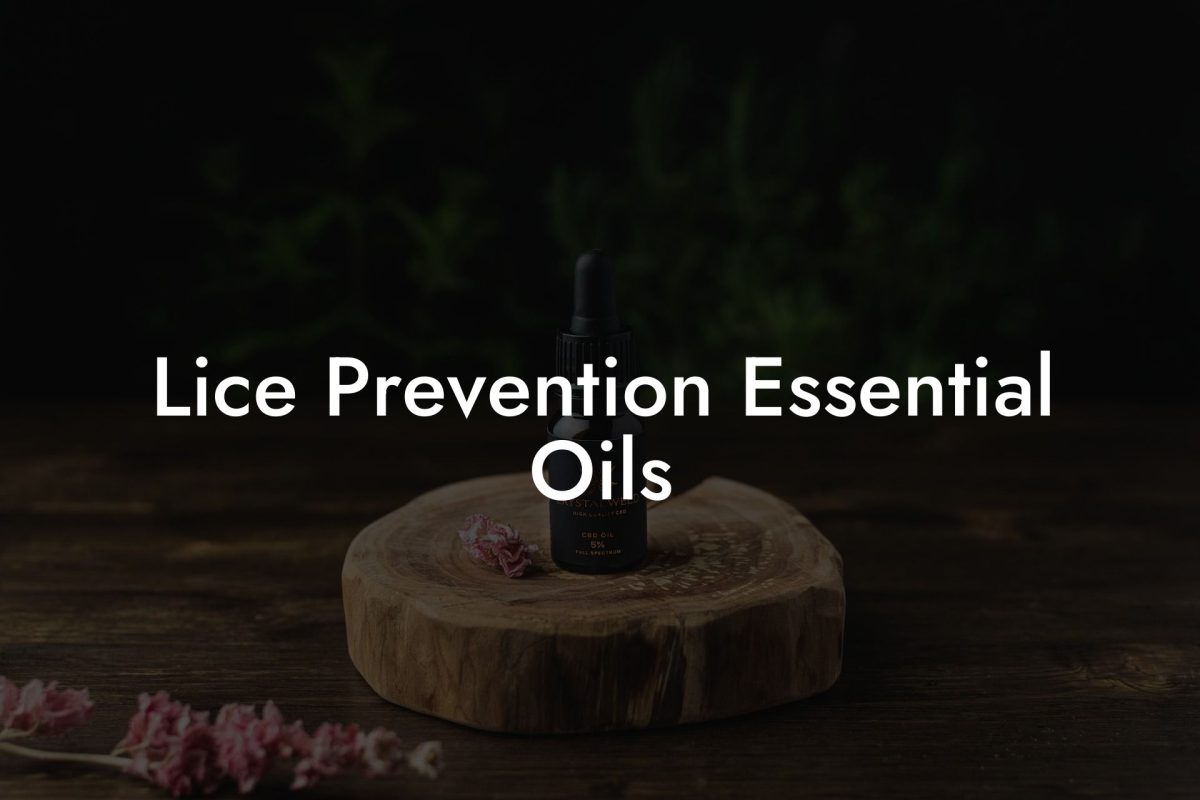The art of perfume making is not only an opportunity to create your unique signature scent but also a craft that connects us to the ancient traditions and rituals of utilizing nature’s finest ingredients. Essential oils are the heart and soul of any perfumery creation, offering a world of opportunities for both amateur and professional perfume makers. In this guide, we will dive into the exciting world of essential oils for perfume making and share inspiring ideas to ignite your creative spirit.
Table of Contents
Understanding Essential Oils for Perfume Making
Essential oils are highly concentrated, volatile substances extracted from the flowers, leaves, roots, fruits, and resin of aromatic plants. They possess the potent aroma and therapeutic properties of the plant, which makes them the perfect base for creating natural perfumes. Essential oils, unlike synthetic fragrances, offer a multi-dimensional olfactory experience when combined, thanks to their complex chemical composition and diverse therapeutic effects.
Top, Middle, and Base Notes
Essential oils can be divided into three categories based on their evaporation rate and aroma intensity:
- Top Notes: Fast-evaporating, fresh, and uplifting, usually extracted from citrus fruits and fresh herbs. They are the first impression of the perfume but evaporate quickly.
- Middle Notes: Balance the blend with their medium evaporation rate, usually extracted from flowers and spices. They define the overall character of the perfume and support the top and base notes.
- Base Notes: Slow-evaporating and rich, usually extracted from woods, resins, and barks. They provide depth and tenacity to the blend, supporting and enhancing the other notes.
Selecting Essential Oils for Your Perfume
Choosing the right combination of essential oils is no easy task. Here are some factors to consider when selecting oils for your signature scent:
- Personal Preference: Your natural perfume should reflect your personality and evoke emotions. Start by exploring different essential oils and identifying the ones that resonate with you.
- Compatibility: Not all essential oils blend well together. Experiment and trust your intuition to find the perfect synergy of oils that complement each other.
- Quality: Always choose pure, high-quality essential oils to ensure your perfume meets your expectations in terms of scent and therapeutic effects.
Essential Oils for Perfume Making: Must-Have Oils
Here are some essential oils categorized by top, middle, and base notes that are commonly used in perfume making:
Top Notes
- Bergamot
- Grapefruit
- Lemon
- Sweet Orange
- Peppermint
- Eucalyptus
Middle Notes
- Lavender
- Rose
- Jasmine
- Ylang-Ylang
- Geranium
- Chamomile
Base Notes
- Sandalwood
- Cedarwood
- Vetiver
- Patchouli
- Frankincense
- Myrrh
Essential Oils For Perfume Making Example:
Imagine starting your perfume-making journey with a bright, invigorating blend that captures the essence of a sunny morning walk through an aromatic citrus grove. For this natural perfume, try a combination of bergamot, lemon, and sweet orange as refreshing top notes, lavender and geranium for soothing middle notes, and cedarwood and frankincense to provide depth as base notes. Test various ratios to discover a balance that embodies your personality and preferences.
Perfume making with essential oils is as much an art as it is a science, opening the door to a wonderful world of creativity and self-expression. As you embark on this olfactory adventure, remember to trust your intuition, be patient, and cherish the process of experimentation and discovery. We hope that this guide has ignited your passion for crafting your unique signature scent using the high-quality essential oils offered by Oshu Oils. Share this article with others who may find inspiration in the world of essential oils and aromacology, and indulge your senses with the aromatic treasures offered by Oshu Oils.





















